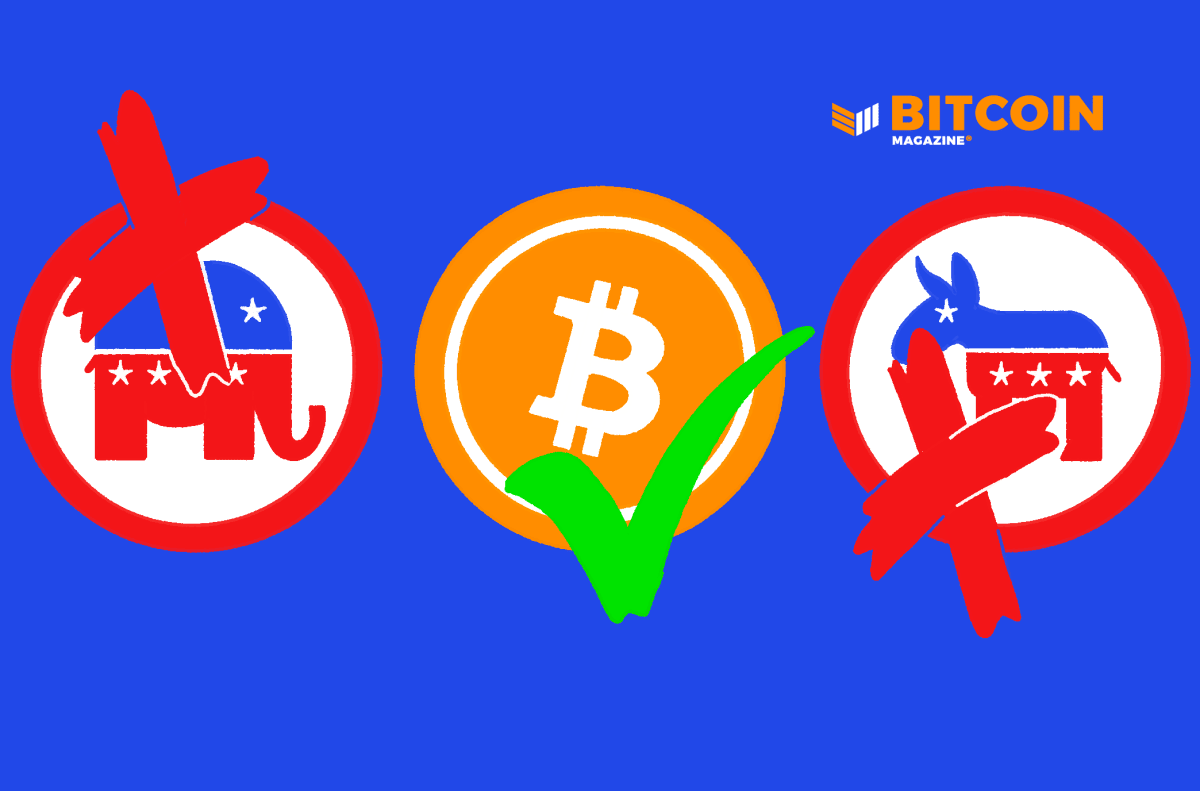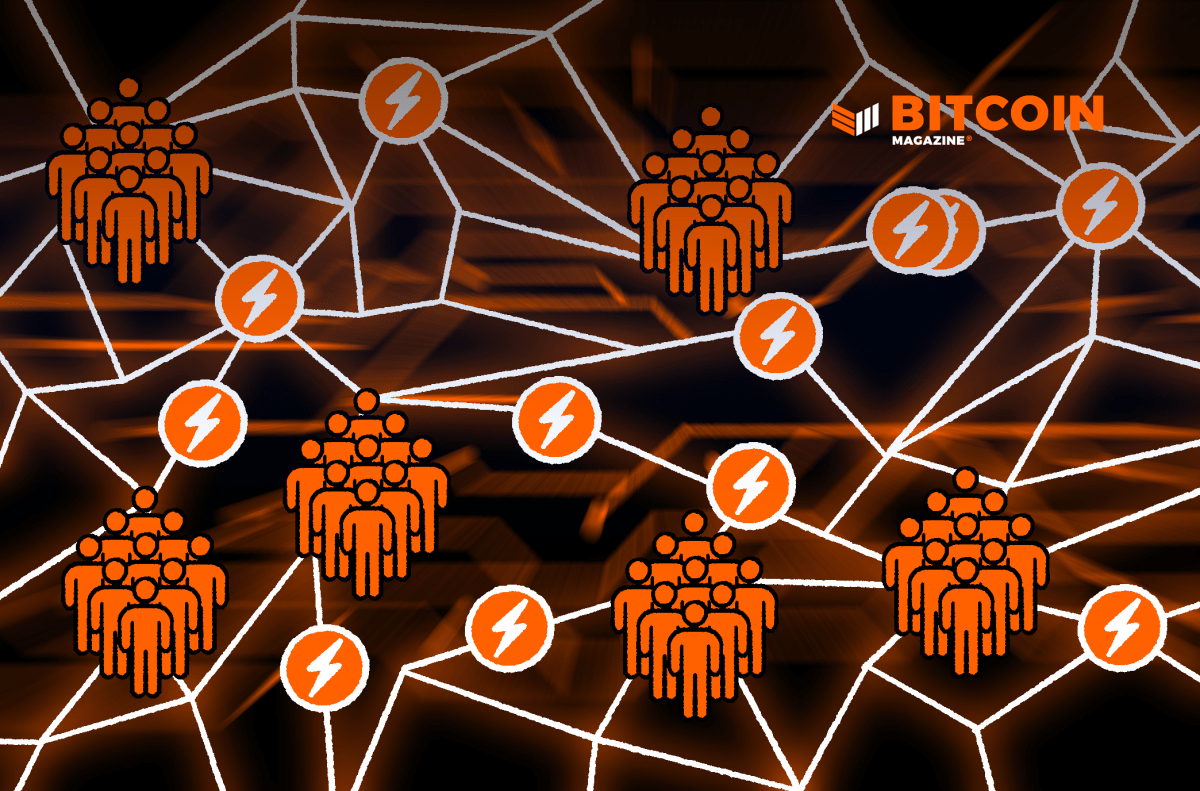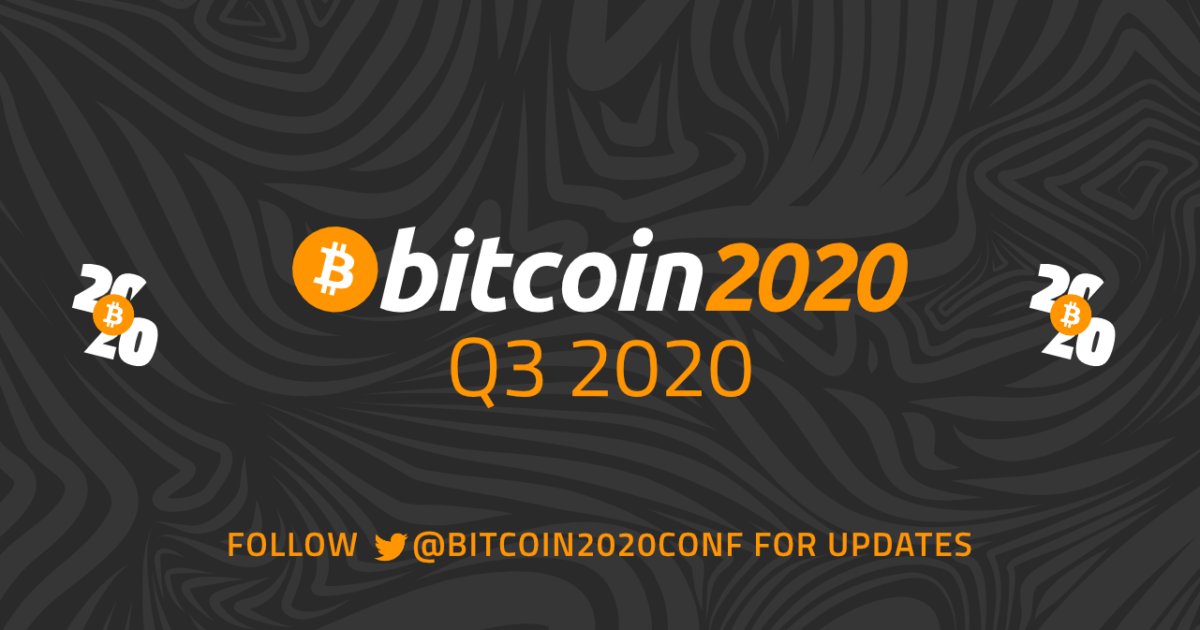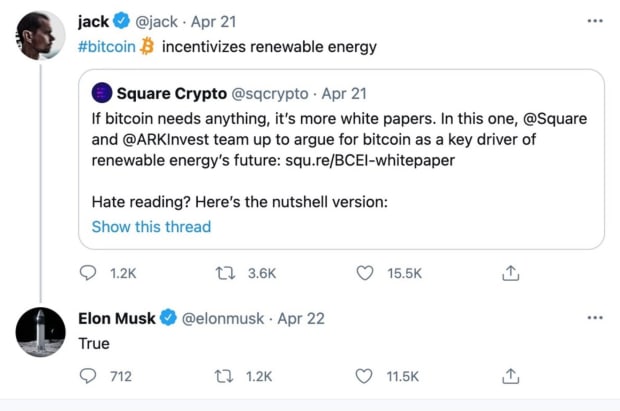Bitcoin Magazine’s Ordinal Auction Raises Questions About What Bitcoin Is Really For
This publication’s decision to auction off its magazine covers as Ordinal inscriptions sparked debate about how we should use Bitcoin.

This is an opinion editorial by Nozomi Hayase, Ph.D., who has a background in psychology and human development.
On April 15, 2023, Bitcoin Magazine conducted its first-ever Ordinal inscriptions auction, putting its historic covers collection on sale. Some were excited by this new experimentation, which sought to provide buyers with a trust-minimizing experience, while others were not so happy.
David Bailey, the CEO of BTC Inc, the parent company of Bitcoin Magazine, tweeted that the world’s first Bitcoin-only magazine received harsh reaction from the Bitcoin community.
Francis Pouliot, the founder of non-custodial, bitcoin-only exchange and payments service Bull Bitcoin, underscored the criticisms in a reply to that tweet:
The Ordinal Controversy
Ordinals were proposed in 2022 by developer Casey Rodarmor. Launched on Bitcoin’s mainnet on January 21, 2023, it is a protocol that creates an inscription whereby “sats” (short for “satoshis,” the lowest denomination of a bitcoin) can be inscribed with arbitrary data. This can include JPEG files, clips and even video games.
But the introduction of the Ordinal protocol has stirred up a controversy which has divided the Bitcoin community. While some have shown favor for the prospect of inscribing collectibles on the chain permanently — assisting the flourishing of the arts in the Bitcoin space, creating monetary demand for Bitcoin blockspace, incentivizing miners and more — others have expressed concerns about storing that data directly on Bitcoin.
Significant push back has come from influential Bitcoin Maximalists, with some condemning the project as a direct attack on Bitcoin.
What Is Bitcoin ‘For’?
Bitcoin Magazine’s first public steps on its journey in the world of Ordinals, marked by this first auction, were met with disdain. Some perceived the move as a mere extension of the NFT culture, which incentivizes making quick money on pump-and-dump schemes.
But this controversy has now sparked new debates. Regardless of our differences of opinion on “NFTs on Bitcoin,” the implementation of Ordinals is providing us with an opportunity for education. It helps us deeply examine Bitcoin’s core values and our roles in the network.
What is Bitcoin? What is it meant for? Bitcoin was invented as peer-to-peer digital cash. In its white paper, its pseudonymous creator Satoshi Nakamoto described Bitcoin as “an electronic payment system based on cryptographic proof instead of trust, allowing any two willing parties to transact directly with each other without the need for a trusted third party.”
Bitcoin’s trust-minimized transactions enable censorship resistance. Many of those who criticize Ordinals are Bitcoin loyalists. They see Bitcoin’s base layer as something to be used strictly to settle monetary transactions and they oppose any move to extend beyond this original use case.
Also, concerns have been raised by Ordinal critics regarding these non-monetary transactions taking up Bitcoin’s limited block space, as inscriptions can be large files. Some are worried that an increased cost of running a full node could reduce the ability for users to participate in this network and maintain Bitcoin’s decentralization.
(Additional possible implications and concerns around inscriptions are detailed here and here.)
So, is using Bitcoin’s foundation outside of monetary transactions bad or harmful for Bitcoin?
There is nothing within the Ordinal protocol that violates Bitcoin’s specified consensus. Also, there are no rules that restrict users to monetary transactions. Bitcoin is permissionless in that everyone is allowed to use it in a way that they wish to use it. This includes adding data to transactions and using them as a database for JPEGs. As some have pointed out, this isn’t at all that new:
But just because we can do it, should we do it or encourage others to do it?
Now, this question takes us into a moral dimension. And exploring it might help us understand Bitcoin’s fundamentals.
Impulse For Creation
Technically, Ordinals are built on Bitcoin, working within its consensus rules. So, they can be seen as a part of the Bitcoin project. But is this true? Let’s examine.
All technologies are created by human beings, with a vision and philosophy behind them. The question we should ask is whether the impulse that led to the creation of Ordinals aligns with Bitcoin philosophy, or diverges from it.
In an interview with CoinDesk, Rodarmor spoke about the vision behind Ordinals. He said that he wished it to be a fun art project and also something that can encourage people to learn more about Bitcoin. For instance, he made the point that, in order to use Ordinals, users are required to run their own full nodes and suggested that this would help people get interested in doing so, which would be good for Bitcoin.
Rodarmor also noted that, with the creation of Ordinals, he tried to fulfill an unmet market demand from NFT collectors, and it seems that this playful way of experimenting on Bitcoin did respond to those desires. The project has attracted many users, producing over one million inscriptions incorporated into transactions less than three months after its debut.
Certainly, market demands drive the development of technology. Many protocols and apps were created to please and satisfy the desires of consumers. Yet, there was something other than simple commercial interests at work behind the invention of Bitcoin.
The impulse for Bitcoin didn’t come from market demand. It arose somewhere else, outside of business and profit motives. Bitcoin is the holy grail of cypherpunks, a community of activists connected by an electronic mailing list who had long advocated for free speech and privacy protected by the use of strong cryptography.
The Vision Of The Cypherpunks
Who are the cypherpunks? In his 2015 essay, titled “The Moral Character Of Cryptographic Work,” Phillip Rogaway, a professor of computer science, described them as “cryptographers with ethics,” noting that they brought major shifts in the approach to scientific work that had previously been detached politically and divorced from the moral dimension.
Cypherpunks aim to actively develop technology in a way that is aligned with human values and priorities. For instance, Rogaway regarded Julian Assange as a representative of the value of cypherpunks and listed WikiLeaks as an example of the projects that revitalized the moral impulse in cryptographic work.
Rogaway articulated the philosophy that informs their work:
“Cypherpunk cryptography has been described as crypto with an attitude. But it is much more than that, for, more than anything else, what the cypherpunks wanted was crypto with values. And values, deeply felt and deeply embedded into our work, is what the cryptographic community needs most. And perhaps a dose of that cypherpunk verve.”
Bitcoin is a part of the free software movement. It is guided by a vision of technology which can empower individuals and change the world. Richard Stallman, the godfather of the GNU/Linux operating system, defined free software as “free” in the sense of freedom, “libre” in French, and not in terms of price; software that respects users’ freedom.
At the core of Bitcoin is this value of individual freedom. It is this value that one cannot put a price tag on, that has been repeatedly threatened.
We have seen that during the block size debate (centered on disagreements around the best methods of scaling for Bitcoin) that took place between 2015 and 2017. The proponents for a larger block size argued that they wanted Bitcoin to become a payments network. They wanted it to become faster, with large transaction volumes that could compete with the likes of Visa and Mastercard. As a series of proposals to change Bitcoin’s consensus emerged over time, the conflict quickly escalated into a civil war.
During the heat of this scaling dispute, Amir Taaki, who was one of the first developers to work on Bitcoin, recognized that this divide was really based on a difference in values. He pointed out that the efforts to push large block sizes were a hijacking of Bitcoin’s original vision, rooted in ethics.
Bringing Love Into Computing
Bitcoin was created by the commitment of cypherpunks to their fellow human beings — what they saw as their moral obligation to secure the right of liberty for all. With the birth of Bitcoin, love was brought into computing. This love as a moral force began to revitalize the market, moving capital dynamically toward the emancipation of humanity.
From Cypriots to Argentinians, bitcoin has become a safe haven for those whose money has been debased by rampant hyperinflation and/or bank deposit confiscation. While attacks on journalists and whistleblowers intensify in many countries, Bitcoin offers a form of asylum for dissidents of the West.
Bitcoin is freedom money. Yellow Vest protesters occupying the streets of Paris recognized Bitcoin as a critical linchpin for their financial revolution. When the government became authoritarian, Bitcoin provided a rail for the Canadian trucker “Freedom Convoy” to continue its non-violent, civil disobedience in the fight against medical mandates.
And now, a nation state has joined this currency of resistance. In September 2021, El Salvador made bitcoin legal tender. Led by President Nayib Bukele and his policy of economic liberty, a small, impoverished nation with a population of about 6.5 million began to liberate itself from the dictatorship of the International Monetary Fund.
Now, a new game is on that is much more fun and grand than the one played by the new kids on the block with their pokémon cards. By challenging the banking monopoly, Bukele opened up a free market contest, in which Salvadorans can now actively engage in taking back a future that had been stolen from them.
As the economy is being regenerated, human beings come alive. Bitcoin now inspires our love for creation. With the resurgence of arts and freedom of expression, we are now seeing a new renaissance. Beauty and magnificence that are demonstrated by ordinary people now extend beyond galleries of digital art collectibles and auction rooms. This is now reviving the culture that can transform our society.
The Value Of Freedom

Your huddled masses yearning to breathe free,
The wretched refuse of your teeming shore.
Send these, the homeless, tempest-tost to me,
I lift my lamp beside the golden door!”
–Emma Lazarus, “The New Colossus”
Image source
Bitcoin lit a torch of liberty on the borderless internet and people around the world are finding their way by its light. Over the 14 years of its existence, the heart of the Bitcoin network, beating every 10 minutes, has continued welcoming newcomers, regardless of their backgrounds, religions, nationalities, genders or political views.
This heart that preserves everyone’s freedom is open to everyone. It does not dictate how Bitcoin’s base layer should be used and what content should belong there.
The creation of Ordinals has brought our attention to the non-conventional ways that we can use Bitcoin. We can pay for the available block space and use it as storage for arbitrary files, the function that could be served by other trust-minimized systems, such as OpenTimestamps. Or we can choose to hold this scarce space for monetary transactions only.
Nakamoto paid homage to the sacred heart of Bitcoin that embraces each, single person. By spending tireless hours engaging in his or her labor of love, he or she paid for the whole of humanity and reserved this precious tiny space that keeps us all free.
Inspired by this selfless act of this mysterious creator, developers joined hands to ensure everyone’s access to this sanctuary. Some then became devotees of liberty. Bitcoin Maximalists remain vigilant, ready to throw out money changers who are trying to enter this temple, from shitcoiners to random JPEG posters.
We all are given freedom as our intrinsic value when we are born. This value of freedom is priceless. It cannot be secured by economic incentives alone. It demands the conscience of each person and his or her principles to defend it.
Cypherpunks write code. Can we sovereign individuals uphold their ideal and share this gift of liberty as the unalienable right of all people?
This is a guest post by Nozomi Hayase. Opinions expressed are entirely their own and do not necessarily reflect those of BTC Inc or Bitcoin Magazine.









